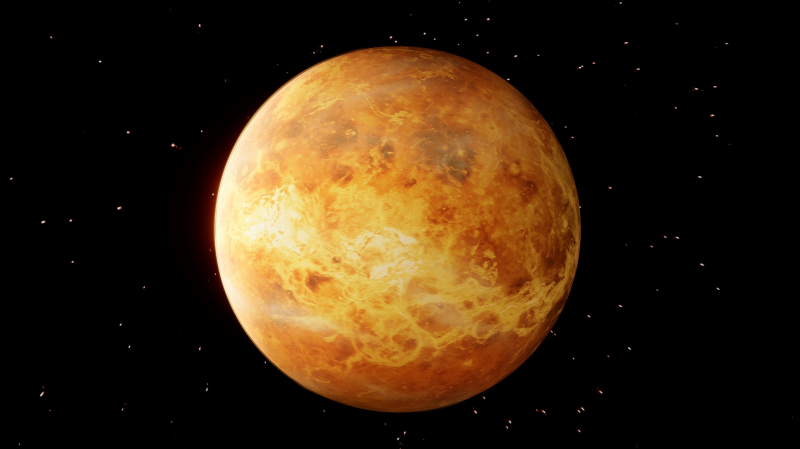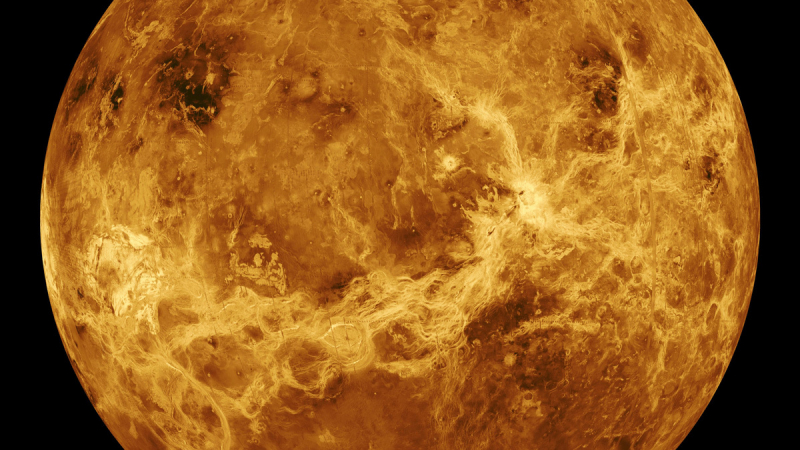Venus

The size and mass of Venus are relatively similar to Earth, yet in most other respects, Venus may just as well belong to a distinct class of planet. With surface temperatures that can reach 900 degrees Fahrenheit, it may be one of the Solar System's most inhospitable locations for life. Thanks to a strong greenhouse effect brought on by Mercury's dense, suffocating atmosphere, that is hotter than Mercury.
Despite being so close to Earth, it is also one of the Solar System's most enigmatic planets. We don't know why it rotates counterclockwise, unlike every other planet save Neptune, why its atmosphere has winds that can reach 220 mph, or even what its surface actually looks like.
The biggest question surrounding Venus, though, is whether or not it supports any form of life. Venus's atmosphere may contain the ideal, Earth-like circumstances for simple life forms, despite the fact that its surface is unquestionably too severe for any kind of life. In fact, images of the planet from 1927 show dark, erratic regions up its atmosphere that take in about as much ultraviolet light as some types of bacteria and algae do on Earth.











